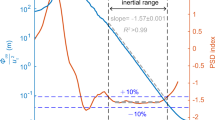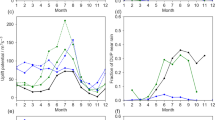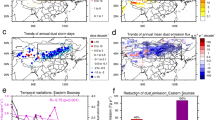Abstract
OBSERVATIONS which have been made at the Patna College since the beginning of the present year indicate that the remarkably high negative potential gradient noticed as a feature of South African duststorms in Prof. Rudge's letter, published in NATURE of March 13, also exists while the ordinary westerly winds of the hot weather are blowing in north India. At Patna they usually blow from about 9 a.m. to 6 p.m. from the middle of March until June, and they raise a great deal of dust, though the real duststorms seldom occur so far to the east of India. This year they are unusually late in starting, and their place has been taken on most days by east winds, during which the potential gradient is of the ordinary positive type and magnitude.
This is a preview of subscription content, access via your institution
Access options
Subscribe to this journal
Receive 51 print issues and online access
$199.00 per year
only $3.90 per issue
Buy this article
- Purchase on SpringerLink
- Instant access to full article PDF
Prices may be subject to local taxes which are calculated during checkout
Similar content being viewed by others
Author information
Authors and Affiliations
Rights and permissions
About this article
Cite this article
JACKSON, V. Atmospheric Electrification during Dust-storms. Nature 91, 213 (1913). https://doi.org/10.1038/091213a0
Issue date:
DOI: https://doi.org/10.1038/091213a0



